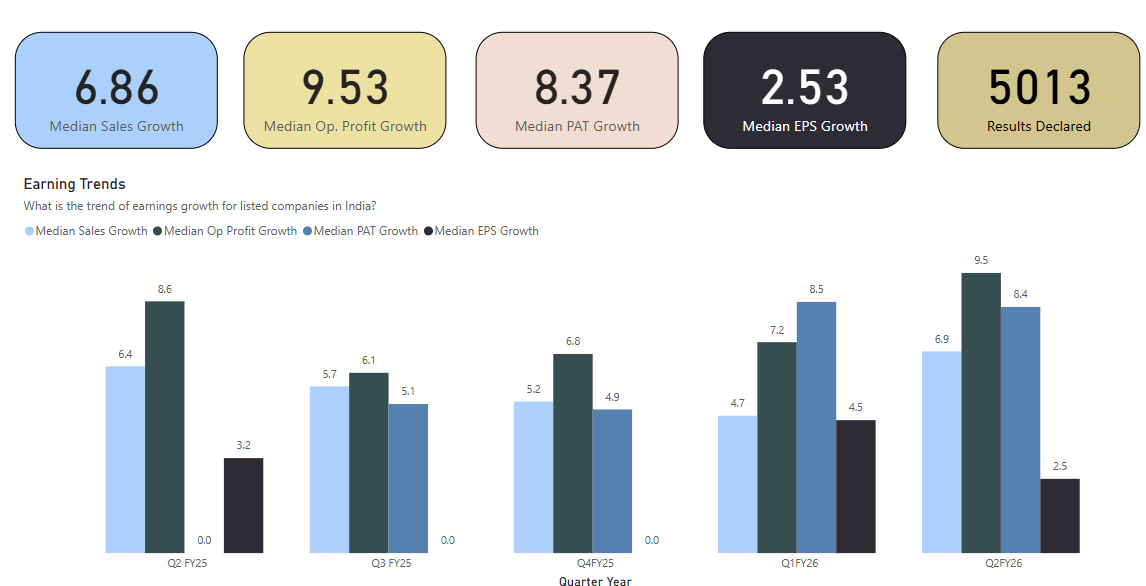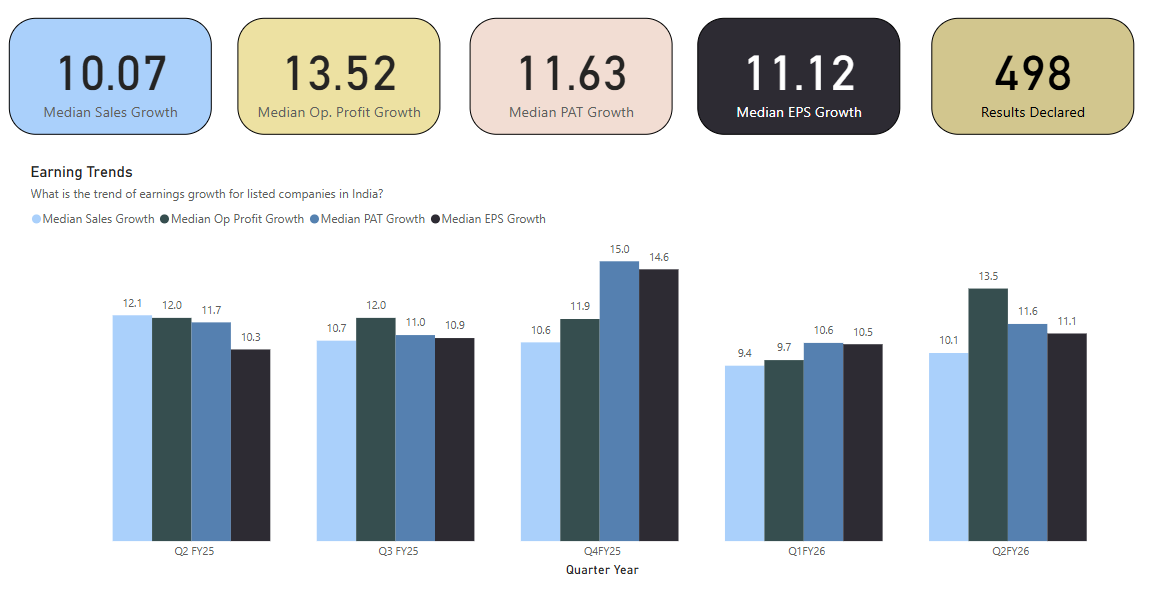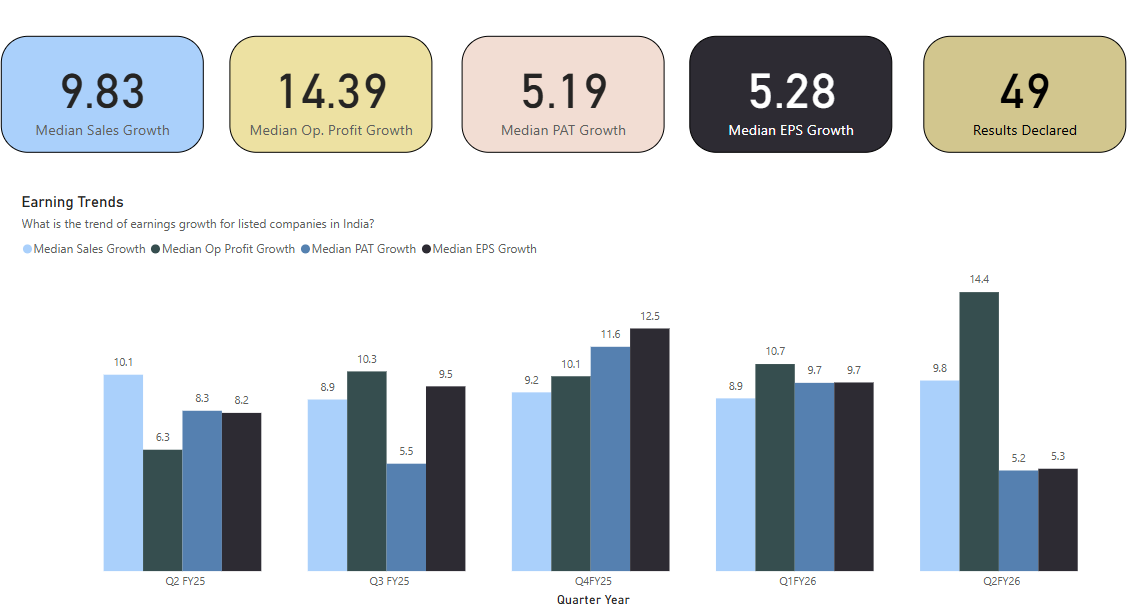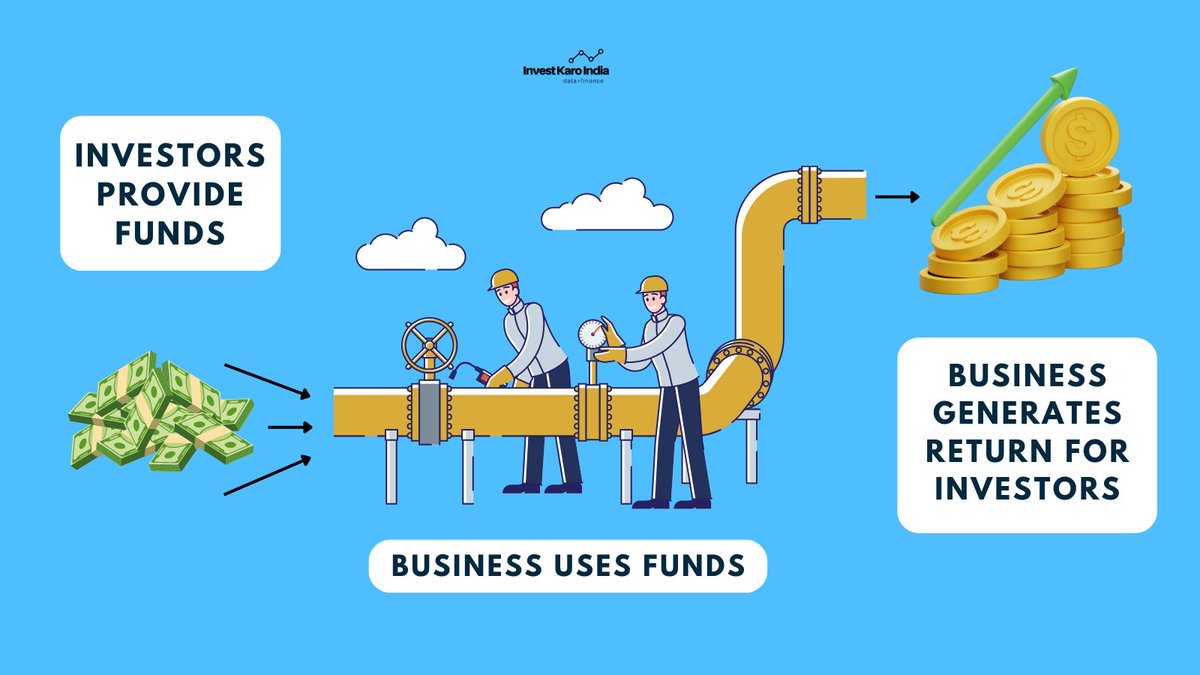It's the weekend!
Grab a cup of coffee, in this thread I will explain
1. What a cash flow statement is?
2. What does it tell you about a business?
3. How to analyze one?
Examples included various Indian companies.
Let's dive right in.
Grab a cup of coffee, in this thread I will explain
1. What a cash flow statement is?
2. What does it tell you about a business?
3. How to analyze one?
Examples included various Indian companies.
Let's dive right in.

Cash flow statement is a financial statement published by a company every quarter and annually.
It comprises of all transactions that a company does in cash or cash equivalents.
*Cash equivalents are other liquid assets that can easily be sold for immediate cash.
It comprises of all transactions that a company does in cash or cash equivalents.
*Cash equivalents are other liquid assets that can easily be sold for immediate cash.
Cash flow statement is important as it gives you transparency into how the company utilizes its cold hard cash generated by the business.
Because we are following actual cash, there are very few accounting tricks that can be employed in this section.
Because we are following actual cash, there are very few accounting tricks that can be employed in this section.
A cash flow statement has three main parts:
1. Cash Flow from Operations (CFO)
2. Cash Flow from Investing (CFI)
2. Cash Flow from Financing (CFF)
Let's dive into CFO in detail.
*CFI and CFF will be covered in a separate thread
1. Cash Flow from Operations (CFO)
2. Cash Flow from Investing (CFI)
2. Cash Flow from Financing (CFF)
Let's dive into CFO in detail.
*CFI and CFF will be covered in a separate thread
Cash flow from Operations (CFO), the single most important part of a cash flow statement and my personal favorite.
CFO tells you how the profits generated by the company were used in the day to day operations of the company.
CFO tells you how the profits generated by the company were used in the day to day operations of the company.
5 main parts of CFO include
1. Receivables
These show how much is *owed* to the company. If a company sells their product on credit, it gets recorded in the PnL Statement but will have to be deducted from Op.Profit under CFO cause the company didn't receive cash for these sales
1. Receivables
These show how much is *owed* to the company. If a company sells their product on credit, it gets recorded in the PnL Statement but will have to be deducted from Op.Profit under CFO cause the company didn't receive cash for these sales

A simple metric you can use here is
Receivables/Profit from Operations
This will show you what % of overall profit booked by the company is actually on credit.
From the above example, this % comes to 27.
Higher % of receivables as part of Op Profit = BAD
Lower = Good
Receivables/Profit from Operations
This will show you what % of overall profit booked by the company is actually on credit.
From the above example, this % comes to 27.
Higher % of receivables as part of Op Profit = BAD
Lower = Good
The next section under CFO is Inventory
This is all the unsold but completed product that company has in its warehouse.
Similar to Receivables, since its unsold and hasn't been converted into cash, it should be removed from profit from operations.
This is all the unsold but completed product that company has in its warehouse.
Similar to Receivables, since its unsold and hasn't been converted into cash, it should be removed from profit from operations.

Just like with receivables, we can calculate what % does the inventory comprise of actual CFO.
From the previous example, it's about 8% of Operating Profit.
Higher % = BAD
Lower % = GOOD
From the previous example, it's about 8% of Operating Profit.
Higher % = BAD
Lower % = GOOD
The third part to analyze is Payables.
This is the money that is owed by the company.
This money doesn't belong to the company and must be paid to others by the company. Can be raw material suppliers etc.
This is the money that is owed by the company.
This money doesn't belong to the company and must be paid to others by the company. Can be raw material suppliers etc.

Unlike the above two (Receivables and Inventory), this is actually *ADDED* to the profit from operations.
Why?
Cause the money hasn't left the company yet.
These payments need to be paid by the company at some date in future, but until then the cash is with the company.
Why?
Cause the money hasn't left the company yet.
These payments need to be paid by the company at some date in future, but until then the cash is with the company.
A combination of the above three
Receivables + Inventory - Payables
Gives us the Working Capital changes of the company.
Working Capital = how much money is required to run the company day to day
Receivables + Inventory - Payables
Gives us the Working Capital changes of the company.
Working Capital = how much money is required to run the company day to day
Great businesses require negative working capital.
This means that company runs its day to day operations on money borrowed from its suppliers mostly in the form of payables.
This means that company runs its day to day operations on money borrowed from its suppliers mostly in the form of payables.
This happens when
Company receives money that is owed to it in a shorter time (for eg. 30 days)
and
has to pay the money that is owed by the company to its supplier at a later date (for eg. 60 days)
This means for 30 days the company can use money owed to supplier for its WC
Company receives money that is owed to it in a shorter time (for eg. 30 days)
and
has to pay the money that is owed by the company to its supplier at a later date (for eg. 60 days)
This means for 30 days the company can use money owed to supplier for its WC
The two remaining parts of CFO are
1. Direct Taxes
These are just taxes actually paid in cash by the company. Since cash is going out, these get deducted from Operating Profit.
2. Exception CF Items
Any cash activity out of ordinary get recorded here.
1. Direct Taxes
These are just taxes actually paid in cash by the company. Since cash is going out, these get deducted from Operating Profit.
2. Exception CF Items
Any cash activity out of ordinary get recorded here.

Combining all of the above gives you
CASH FLOW FROM OPERATIONS
Profit from Operations - Receivables - Inventory + Payables - Direct Taxes -/+ Exceptional CF Items
This is the actual cash generated by the company through its business.
This is what is earned by the company.
CASH FLOW FROM OPERATIONS
Profit from Operations - Receivables - Inventory + Payables - Direct Taxes -/+ Exceptional CF Items
This is the actual cash generated by the company through its business.
This is what is earned by the company.
Personally I believe CFO is the most important part of financial statement to analyze.
Why?
If cash generated by the business is increasing every year, then it shows the business is healthy.
Once a company can generate cash, it can figure out rest of the stuff in the business.
Why?
If cash generated by the business is increasing every year, then it shows the business is healthy.
Once a company can generate cash, it can figure out rest of the stuff in the business.
But if a company cannot generate cash then survival of the business becomes hard.
Without enough cash in the bank a company cannot run its business efficiently, cannot invest back into the business and cannot grow a business.
Without enough cash in the bank a company cannot run its business efficiently, cannot invest back into the business and cannot grow a business.
Here is an example of a great business and its CFO
Notice how the business has more than tripled its CFO in last 10 years from 1000cr in 2010 to now more than 3500cr in 2021.
Notice how the business has more than tripled its CFO in last 10 years from 1000cr in 2010 to now more than 3500cr in 2021.

Here is an example of a bad business
Notice how CFO is lumpy and started indicating signs of trouble in the company when it decreased from 2000cr in 2010 to 500cr in 2013.
Notice how CFO is lumpy and started indicating signs of trouble in the company when it decreased from 2000cr in 2010 to 500cr in 2013.

You can do a whole lot of analysis with CFO.
CFO / Profit after Tax (PAT) = will show you what % of cash generated actually gets converted to net profit available to shareholders
CFO / Profit after Tax (PAT) = will show you what % of cash generated actually gets converted to net profit available to shareholders
CFO / EBITDA = will show you what % of cash generated by a business is actually part of earnings before income tax depreciation and amortization
*Depreciation and amortization are non cash expenses, more on that in some other thread
*Depreciation and amortization are non cash expenses, more on that in some other thread
So study Cash Flow from Operations, be obsessed with it if you're analyzing a company.
It will tell you a whole lot more about a company than a PE, PB or Price to Sales multiple ever would.
It will tell you a whole lot more about a company than a PE, PB or Price to Sales multiple ever would.
Thank you for reading.
Leave a comment on what do you think is the name of the good business analyzed as example in this thread.
Retweet for wider reach and help others :)
Leave a comment on what do you think is the name of the good business analyzed as example in this thread.
Retweet for wider reach and help others :)
Part 2 to this thread published 👇🏼👇🏼👇🏼
https://twitter.com/itsTarH/status/1396001717171351552?s=20
• • •
Missing some Tweet in this thread? You can try to
force a refresh





















